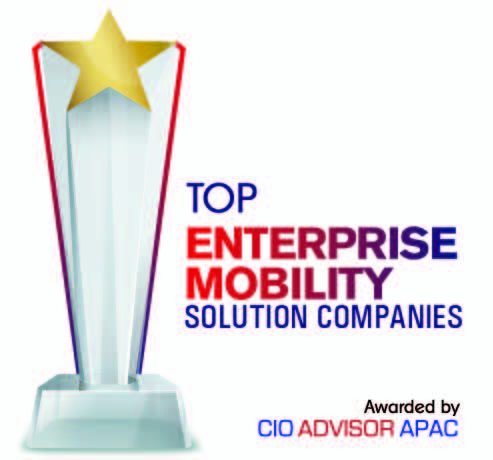Enterprise mobility is an approach to work in which employees can do their jobs from anywhere using a variety of mobile devices and applications. It enables the use of mobile devices, such as smartphones and tablets, for business purposes. Enterprise mobility has become essential, as it increases employees’ productivity and job satisfaction.
With the increase in the ability to use handheld devices for business purpose, there is a high risk for data breaches. In the early days of enterprise mobility, mobile device management (MDM) software was the primary security measure. MDM enables IT to remote-wipe the devices, enforce the use of passcodes, blacklist, and white list apps. It allows IT administrators to control and secure the personal digital assistants of business workers, thereby protecting their corporate network. However, this technology suffices scenarios where organizations used mobile devices only for work-related functions and is confined to device-level functionality.
As employees are reluctant to give IT much control over their devices, it has led to the more granular enterprise mobility security measures, including the use of mobile application management (MAM) and Identity and Access Management.
MAM emerged to apply the security policies only on specified apps leaving other personal apps and data undisturbed. It also limits the sharing of corporate data among the apps focusing on the security of apps of interest. While MDM remote wipe the whole device, MAM employs this method for an app through its different approaches. Besides, identity and access management facilitate the protection of electronic or digital identities. It ensures role-based access control by providing access to individual users based on the roles within an enterprise. Both technologies offer the ability to securely store data and make sure that only relevant and necessary details are shared.
Unified endpoint management (UEM) is another strategic approach that unifies and centralizes the way enterprises manage their deployed devices. It allows IT to secure a wide range of mobile devices across a variety of platforms consistently from a single console. This management platform utilizing the latest mobility software available in the market provides a comprehensive and effective way to manage the mobile environment. Besides, Enterprise Mobility Management (EMM) approach aims to simplify the management of multiple user accounts per employee, which can otherwise open organizations up to security risks. EMM has changed from merely protecting the business data in the mobile device to empower the workforce to be more productive.
The enterprise mobility landscape has evolved from MDM through MAM and EMM to UEM. While some organizations already adopted UEM, the complexity of transition is holding others back. To help them navigate this complex enterprise mobility landscape, our esteemed panel of CEOs, CIOs, CTOs, and analysts, including CIO Advisor APAC’s editorial board has selected the top 10 companies offering best-of-breed enterprise mobility solutions. These companies provide robust solutions coupled with innovative strategies that can help organizations succeed.
We present to you CIO Advisor APAC’s “Top 10 Enterprise Mobility Solution Providers – 2019.”






















